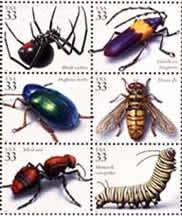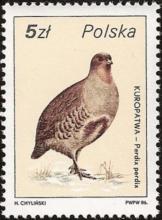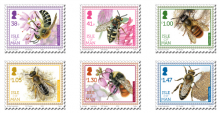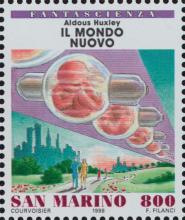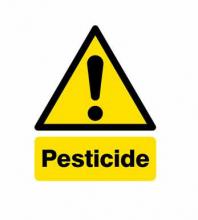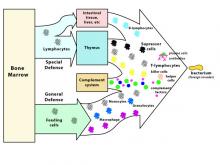Environmental Audit Committee: Insects and Insecticides
The Environmental Audit Committee held its first and second public evidence hearings of its inquiry, Insects and Insecticides. In the morning evidence session, the Committee identified the key issues in relation to insects and insecticides with campaigners and farmers’ representatives. Topics for discussion included the current regulatory regime for pesticides, the decline of insect pollinators in the UK, organic alternatives to pesticides and the practical consequences of a hypothetical ban on the use of neonicotinoid insecticides. In the afternoon session, the Committee explored the latest scientific research on insects and insecticides with a panel of scientists who are currently active in the field. This session focused on the latest research on the effect of neonicotinoid insecticides on bees.
Transcripts :
http://www.publications.parliament.uk/pa/cm201213/cmselect/cmenvaud/c66…
http://www.publications.parliament.uk/pa/cm201213/cmselect/cmenvaud/c66…
http://www.publications.parliament.uk/pa/cm201213/cmselect/cmenvaud/c66…
Written evidence:
http://t.co/R6QiY40E
J

